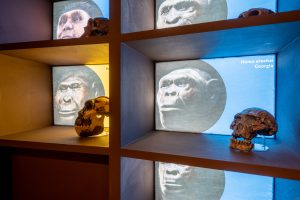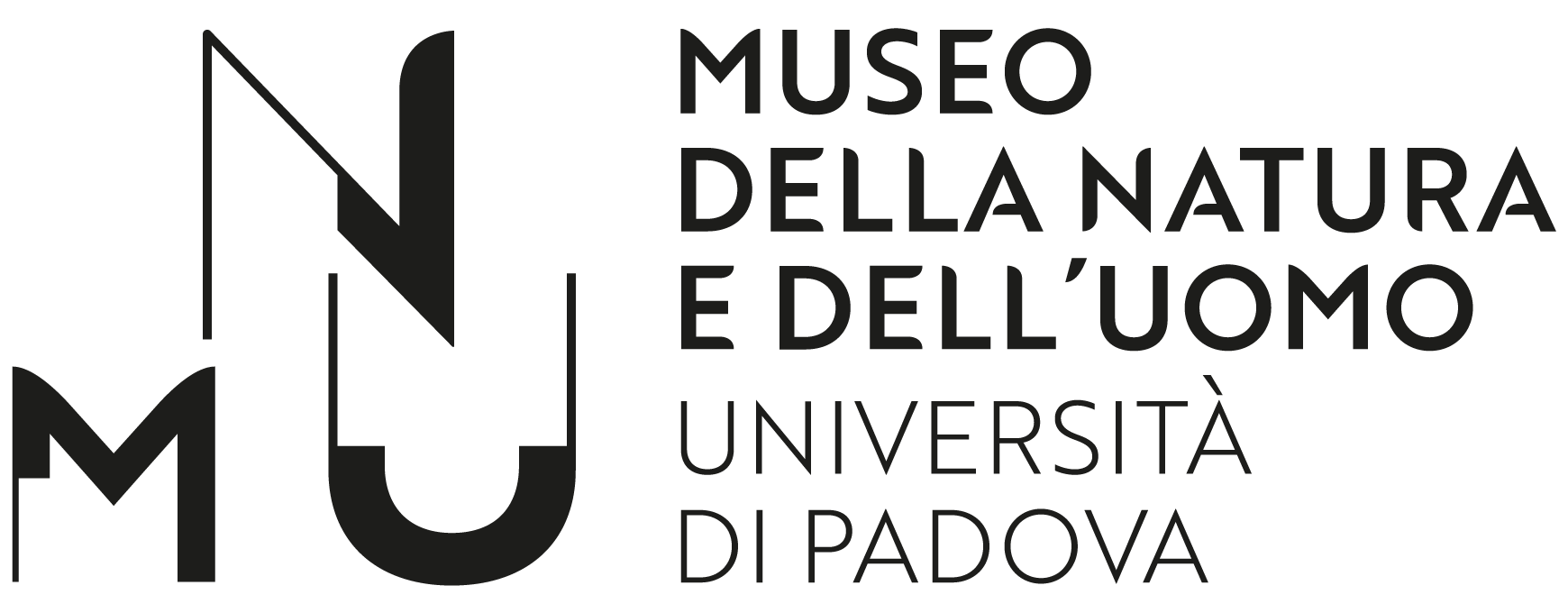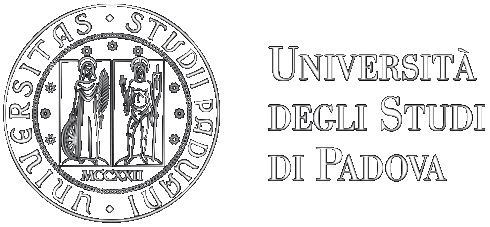For an educational experience at the Museum, you can choose from 60-minute workshops, among which you can select the theme you wish to explore in-depth. In addition, it is possible to combine a thematic visit, also lasting 60 minutes. These activities are currently available for booking and will be provided starting in November. If the workshop and thematic visit are booked together, the combined price is 150 euros.
General and cross-guided tours are also available, all lasting 90 minutes.
For all activities, there is an entrance fee of 5 euros per student (2 accompanying persons free of charge). To book, please call the Reservation Centre at 049.8273939, which operates daily from 9 a.m. to 5 p.m.

EDUCATIONAL WORKSHOPS
Paleolab
For all the students
Palaeontologists for a day! Using tools similar to those used in the field, participants learn what fossils are and how they form, study original finds in groups, simulate a palaeontological excavation, and make a plaster cast that will remain with them as a memento of the experience..
Minelab
For all the students
Workshop on the properties of minerals. Starting with the observation and the study of valuable original specimens and utilising scientific instruments such as microscopes and ultraviolet lamps, participants investigate the characteristics and peculiarities of minerals. Hardness, density, crystalline coat, and lustre are just a few properties analysed to distinguish between different samples.
Volcanoes and earthquakes
For all the students
The Earth is a living planet, and phenomena such as earthquakes and volcanoes serve as constant reminders of this fact. By analysing lava rocks, volcanic bombs, ash, and other materials, participants can learn about the different types of volcanism and their associated products. In the second part, participants calculate the epicenter of an imaginary earthquake using knowledge of seismic waves and the triangulation system.
Prehistory in a box
For all the students
The history of human evolution, to be properly understood, must be framed in both time and space. Participants find artefacts belonging to different hominin species (scientific casts of skulls and other bone artefacts, stone tools and other materials) in a chest of drawers simulating geological stratification. A large map on the floor and a timeline allow the finds to be positioned correctly and to follow the emergence, extinction, movements and encounters of human species in the past.
All relatives, all different
For all the students
Do races exist within the human species? How much do all Homo sapiens have in common, and what are the differences? In this workshop, participants discover that categorising humanity into distinct subgroups is not possible when using biological characteristics such as skin colour or eye size; we are one unified race. On the other hand, cultural differences are approached from the perspective of deep history: the cultures we recognise in the world today are the result of millennia of encounters (and sometimes clashes) among peoples and ideas.
Curious skulls
For all the students
Do look… a gift horse in the mouth! The skull of vertebrates has an incredibly specific structure, allowing participants to reason about the form/function relationship and adaptations of these animals. By analysing casts and natural specimens, the different diets, sensory structures, and many other characteristics of reptiles, birds, and mammals can be compared.”
Different yet equal
For all the students
In this workshop, the subject of biological evolution is discussed. Fossil and present-day finds are compared to discover how living beings have changed over time; by using dichotomous keys and magnifying glasses, kinship relationships and variability between different animal species are investigated; some of the evidence supporting the theory of Evolution by Natural Selection is discovered.
THEMATIC GUIDED TOURS
The human prehistory
For all the students
With this tour, visitors discover that human history is made up of many species that have lived on Earth before and together with us, and that this history has always been one of migration and coexistence. A journey into humanity’s deep past, among prehistoric tools, ancient burials and villages on stilts.
A dynamic planet
For all the students
The Earth is a living planet. Its changes are sometimes very slow, like the shifting of crustal plates or the growth of mountain ranges, and other times sudden, like earthquakes or volcanic eruptions. The visit starts with a journey to the centre of the Planet to understand where all these dynamics originate, and then discover their effects on the Crust and the environment around us.
Minerals and societies
For all the students
Human society has always been based on mineral resources, ever since the Stone and Metal Ages. Today, these needs are even stronger: we find that, although we do not realise it, our lives, our homes and our societies are based on minerals. But all this comes at a cost in terms of the environmental impact of our species on the planet.
The world narrated by fossils
For all the students
The Museum’s Palaeontology collection enables visitors to embark on a genuine journey through time via its exhibits. Visitors gain an understanding of the concept of geological time, the principles of dating, the formation of fossils, and the reasons behind these processes. They then learn how to interpret the information presented by these exhibits, including details about the species that once inhabited our planet, from fascinating fossilised palm trees to the fearsome sabre-toothed tiger, as well as gaining insight into the conditions of the world during those epochs.
Evolution stories
For all the students
Charles Darwin asserted that one of the most compelling pieces of evidence supporting his theory is the existence of fossils. These discoveries provide testimony to past worlds and shed light on how life has evolved on our planet. Through the fossils on display, visitors can uncover the identities of today’s species’ ancestors and the mechanisms that played a role in their evolutionary history.
A shape that works
For all the students
Legs, fins, wings, claws, hooves, horns, armour, teeth, fangs… Animals in the course of evolution have developed characteristics that have enabled them to survive in their environment. Visitors discover how biological structures can be studied comparatively to appreciate the beauty of animal biodiversity.


